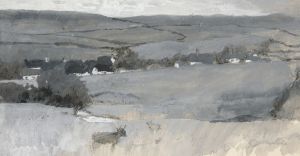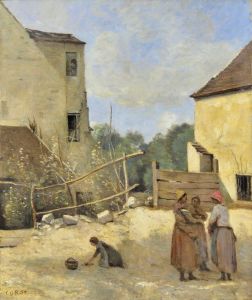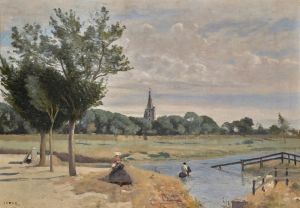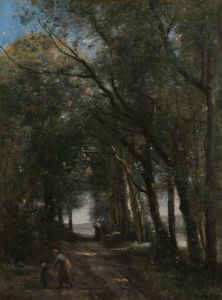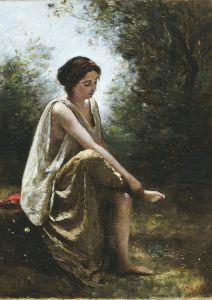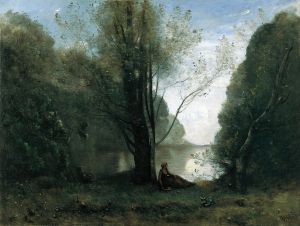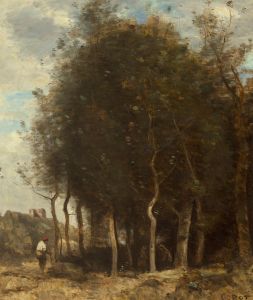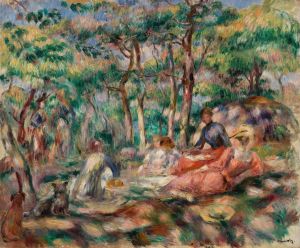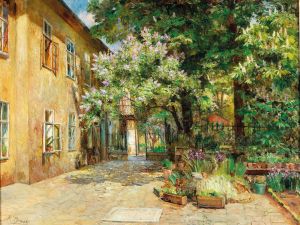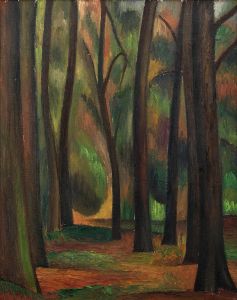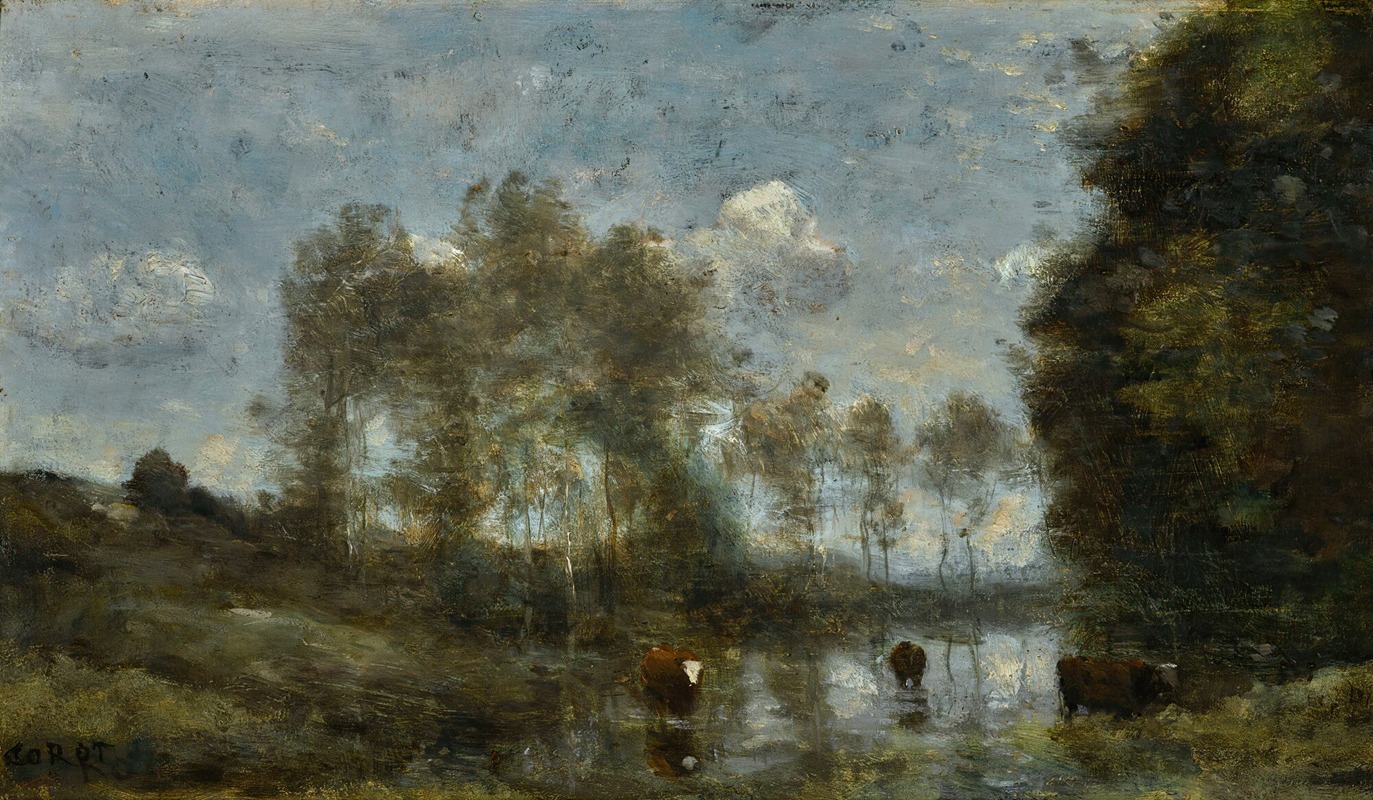
Trois Vaches Dans Un Marais
A hand-painted replica of Jean-Baptiste-Camille Corot’s masterpiece Trois Vaches Dans Un Marais, meticulously crafted by professional artists to capture the true essence of the original. Each piece is created with museum-quality canvas and rare mineral pigments, carefully painted by experienced artists with delicate brushstrokes and rich, layered colors to perfectly recreate the texture of the original artwork. Unlike machine-printed reproductions, this hand-painted version brings the painting to life, infused with the artist’s emotions and skill in every stroke. Whether for personal collection or home decoration, it instantly elevates the artistic atmosphere of any space.
Jean-Baptiste-Camille Corot was a pivotal figure in the landscape painting tradition of the 19th century, known for his ability to capture the natural world with a unique blend of realism and lyrical beauty. One of his works, "Trois Vaches Dans Un Marais" (Three Cows in a Marsh), exemplifies his skill in depicting serene rural scenes with a focus on light and atmosphere.
Corot was born in Paris in 1796 and became one of the leading figures of the Barbizon School, a movement that emphasized naturalism and was a precursor to Impressionism. His work often features tranquil landscapes, and he is celebrated for his ability to convey the mood and essence of a scene rather than just its physical details.
"Trois Vaches Dans Un Marais" is a testament to Corot's mastery of landscape painting. The painting depicts three cows standing in a marshy area, surrounded by lush vegetation and a tranquil body of water. The scene is bathed in soft, diffused light, a hallmark of Corot's style, which lends the composition a dreamlike quality. The cows, rendered with gentle brushstrokes, appear almost as part of the landscape, emphasizing Corot's ability to integrate figures harmoniously into their surroundings.
Corot's technique involved the use of a muted palette, which is evident in this painting. The colors are subtle and earthy, with various shades of green and brown dominating the scene. This choice of color not only reflects the natural environment but also enhances the peaceful and contemplative mood of the painting. Corot was known for his plein air painting, a method of painting outdoors to capture the natural light and atmosphere directly. This approach is evident in "Trois Vaches Dans Un Marais," where the light appears to shift and play across the surface of the water and the bodies of the cows, creating a dynamic yet serene composition.
The composition of the painting is carefully balanced, with the cows positioned in a way that draws the viewer's eye across the canvas. The marshland setting provides a sense of depth and space, inviting the viewer to imagine the broader landscape beyond the frame. Corot's attention to detail is apparent in the delicate rendering of the foliage and the reflections in the water, which add to the overall realism of the scene.
Corot's influence on later artists, particularly the Impressionists, cannot be overstated. His ability to capture the transient effects of light and his focus on mood and atmosphere were revolutionary at the time and paved the way for future developments in landscape painting. "Trois Vaches Dans Un Marais" is a fine example of his contribution to the art world, showcasing his unique approach to capturing the beauty of the natural world.
While specific details about the creation and history of "Trois Vaches Dans Un Marais" are limited, the painting remains an important part of Corot's oeuvre, reflecting his enduring fascination with the interplay between light, landscape, and the creatures that inhabit it. Through works like this, Corot has left an indelible mark on the history of art, influencing generations of artists and continuing to captivate audiences with his serene and evocative landscapes.





